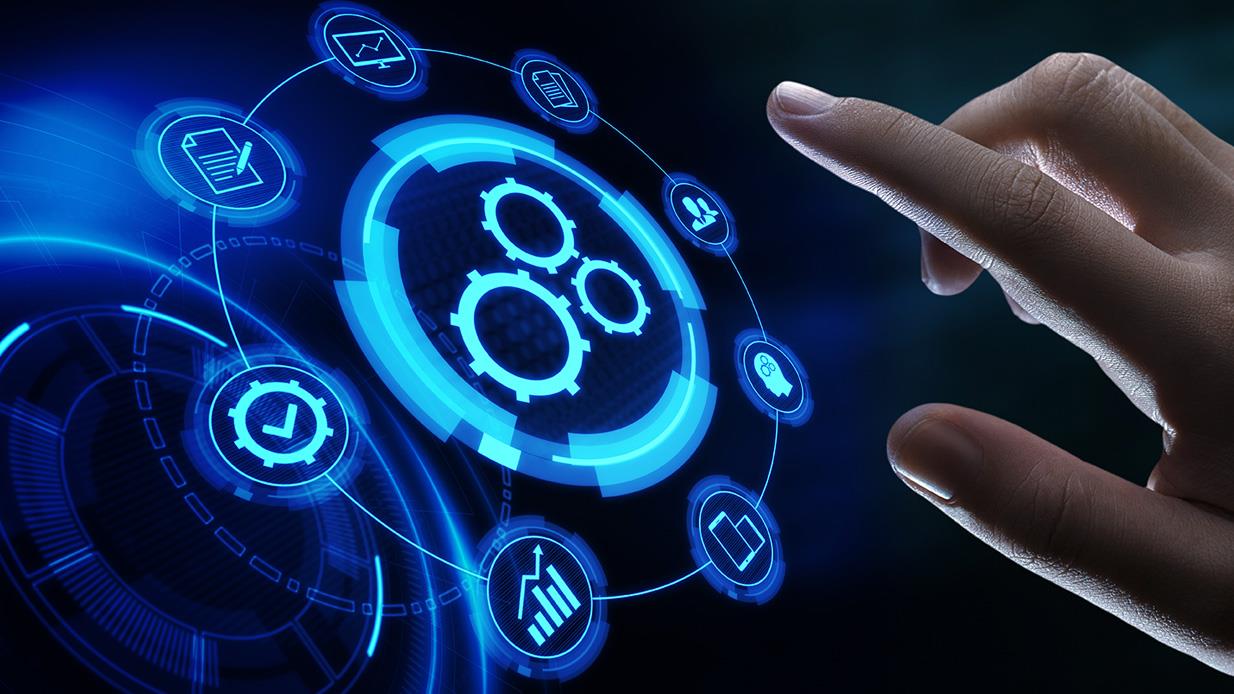How the IIoT Is Transforming Manufacturing
Tags: IIoT

The internet of things (IoT) is creating a 3D map of your workspace, and it knows you have been taking too many coffee breaks. Every 15 minutes? Seriously, stop. In this connected map, devices, machines and processes are linked. With the potential of sensors embedded in new and legacy production equipment, engineers and designers today are challenged with a new task: how to perceive value and communicate the benefits of technology adoption for consumers and companies alike.
Decentralized Management
The old systems of service delivery and creation are slowly being phased out. A major disruption felt with this wave of the industrial internet of things (IIoT) is in the way production, fulfillment and maintenance management are transitioning to becoming background tasks of the machines themselves. Tasks that managers used to spend time calculating, analyzing and inspecting can now be integrated to make free time available for other tasks. Industry 4.0 is installing a new paradigm, one in which "process2device" is an ethos applied to people to shift the workload to the devices themselves. Sensors, actuators and tools like apps are available to auto-supervise internal and external processes, ultimately delivering data in useful formats.
Coders writing scripts to trigger corrective actions so that machines can avoid damage, replenish their parts and someday even design their own content upgrades are equally integral in getting there. Each piece is important and performs best in optimal conditions. For now, don't worry. You still have a role in this wave, and there is a long way to go. As for today, the distribution of production is extending naturally outward from the single machine to the various plants, zones, regions and even to whole continents through fulfillment technologies. For the forward-thinking designer, manager and engineer on the brink of collapse and innovation, the question is how to create architectures and interfaces that are stable enough and user-friendly to keep everything moving toward healthy transitions.
Heightened Visibility
When algorithms run the majority of background processes, time becomes available to focus on actionable steps and big-picture brainstorming. Focus on relationships, new ideas and having fun while participating in the health of your local ecosystem — your work group, family, neighborhood, friends, etc. Sell the benefits of that "found" time to instead build better networks and improve operating costs with eco-advantages. But how can you get there?
The promises of artificial intelligence (AI) are on the horizon, and apart from mere upgrades, there exists a need for engineers and designers to deliver dashboard information for company "drivers" and to make it sexy enough to use it. You are the chauffeur contemplating the algorithms and applications to link millions of data points into chewable information that you can eat with a spoon, ensuring that everything is synchronized and performs stably across the whole value chain. Can you do it? Of course you can. If not you, then who else will?
Greater Efficiencies
With higher degrees of automation, data is being leveraged across the board to improve efficiencies for things like renting a car to making warehouse-sized machines easier to maintain. Companies today are able to heighten the visibility of components and processes thanks to tools that help boost quality and optimize time for making the best decisions effectively and instantly.
On the other side of design, the greatest challenge is helping people see the potential of the IIoT and value creation in the old ways of doing things. When you apply what's actually new about new technologies, value creation (cost reduction) can be achieved in a way that can be understood to be beneficial.
Strategically, sometimes this means installing a few sensors as a test demonstration of monetary worth. Don't just tell me about the benefits; show me them! Take a month-long trial run and show me the savings. Put the instruments in my hands and empower me with knowledge. Help me see the goodness. Make implementation turn-key and easy enough so people can interact with data in fluid ways, adjusting to conditions, responding to problems and letting out the sails of the machines to make strategic decisions in a direct, intuitive style.
When the winds shift, how soon will you be ready to respond? More importantly, how will you help your customers and make their lives easier? The future of the IIoT is now in your hands. How will you design the innovations to transform the world around you?
About the Author
Joseph Zulick is a writer, editor and manager at MRO Electric and Supply.